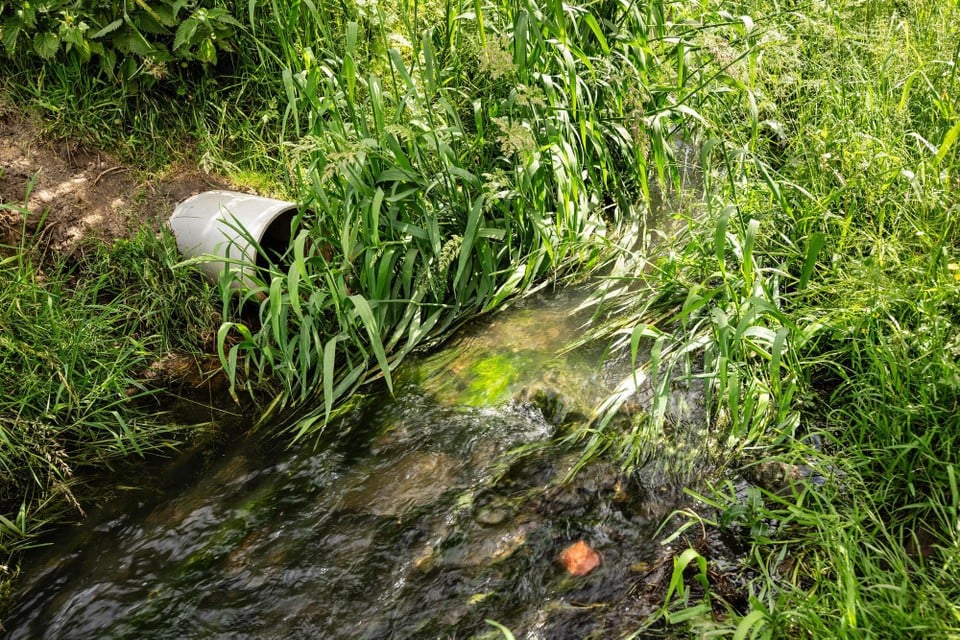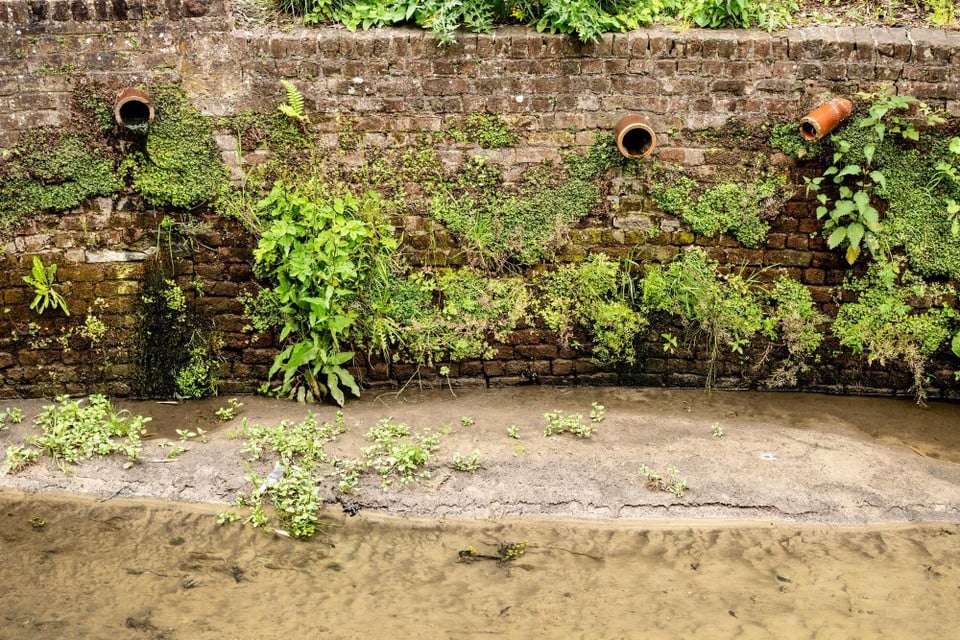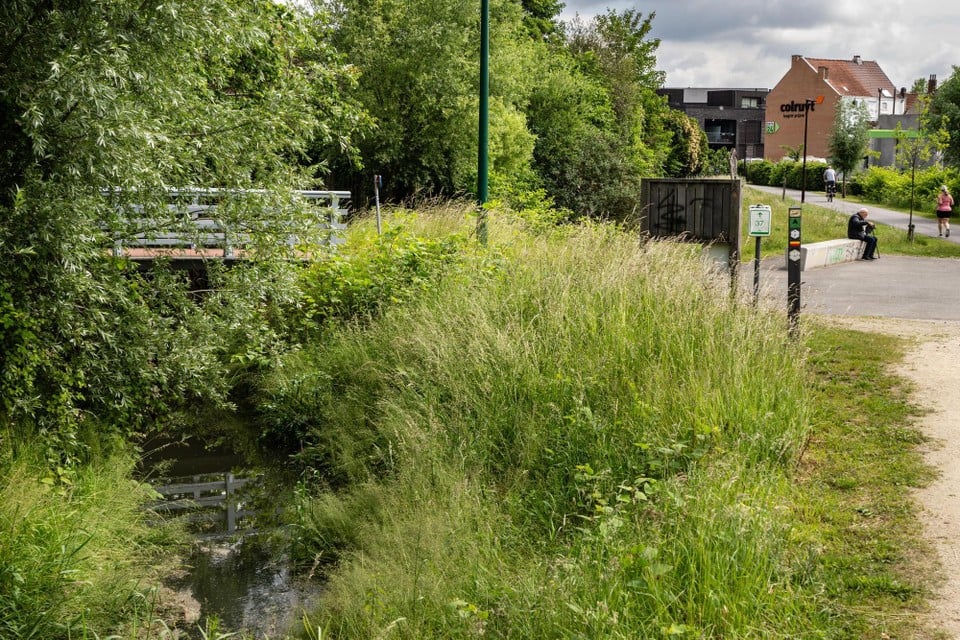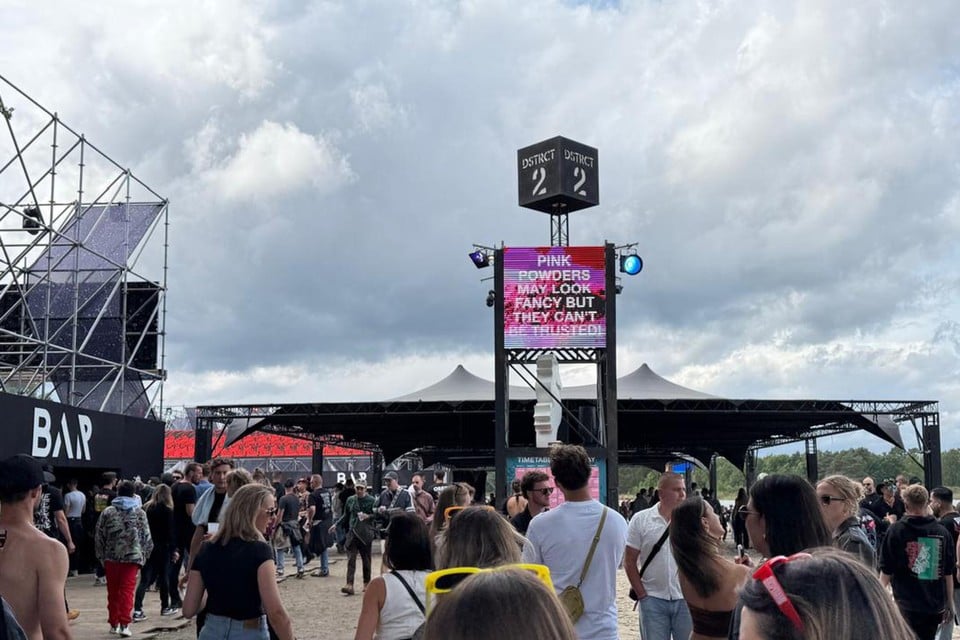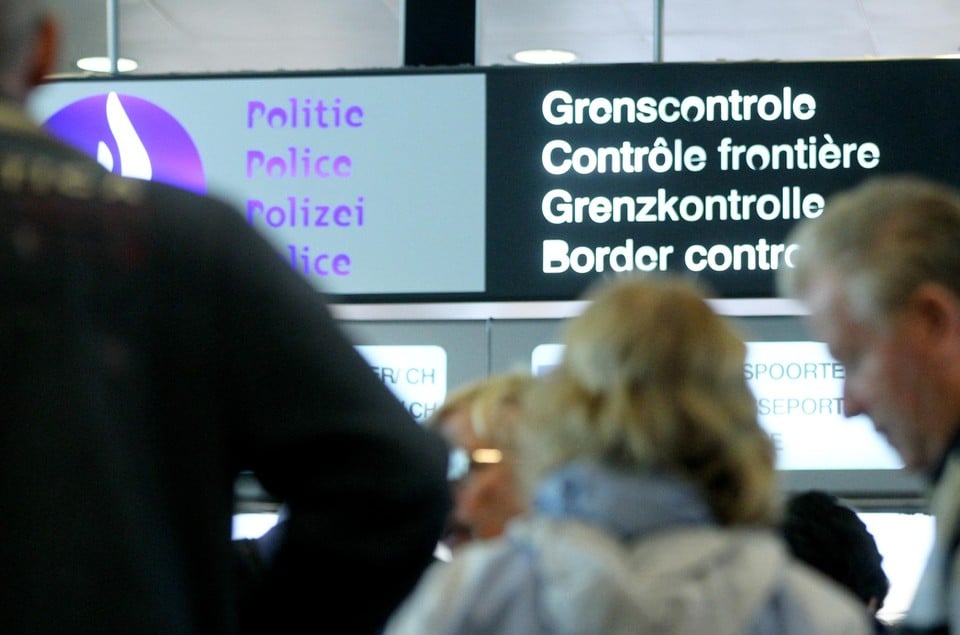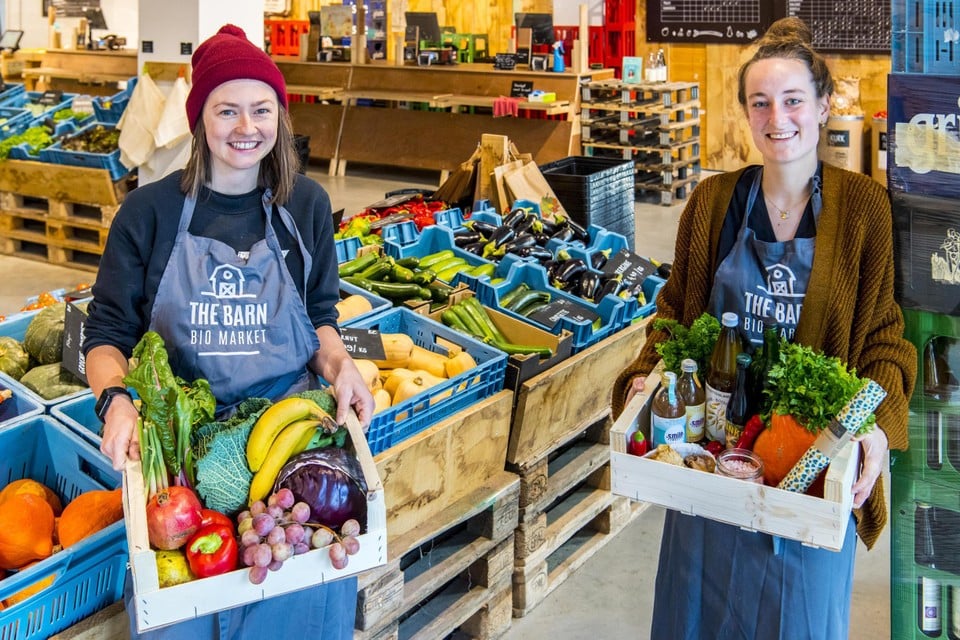“Look, a turd”: Wastwater continuously drips in the Molenbeek and that is the case in many places in Flanders
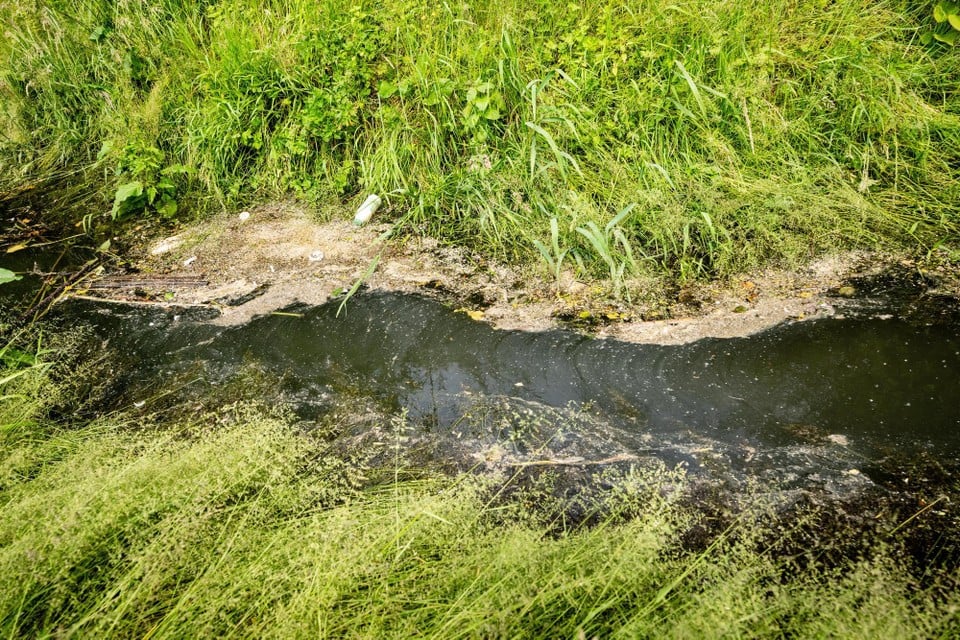
« You smell that we arrived at the first point. » Ella Hens, researcher at KU Leuven, is in charge of a small expedition that steps off part of the Molenbeek in Sint-Genesius-Rode. This stream did it in water samples, the civilian study of The standard In collaboration with the vzw Waterland and the KU Leuven, remarkably bad. She was sized on 22 points, and 20 points yielded a bad result. Poor means: a too high concentration of E. coli bacteria to be able to swim safely. The researchers hope to find out why the results here are so bad.
Together with Professor Water Policy Patrick Willems and Waterland coordinator Lieven Symons, Hens goes in search of the source of pollution. Soon their eye falls on a brick hole in the stream wall. A nice but continuous stream of water runs out. Bingo!
The E. colibacteria is in the stool of animals and people. If household waste water is not purified via the sewerage network, it will be unfiltered in our watercourses. In Flanders, 12 percent of the buildings still discharge, good for 700,000 people, waste water are unforgeable in a watercourse. They put a disproportionate pressure on our water quality. They make that in 53.8 percent of our watercourses, in particular the smaller one, the water is too dirty to swim safely.
202505, Copyright Kristof Vadino, Water pollution, River, Molenbeek River, Sint-Genesius Rode to Beersel, discharge Waste water, Polluted Water – © Kristof Vadino
202505, Copyright Kristof Vadino, Water pollution, River, Molenbeek River, Sint-Genesius Rode to Beersel, discharge Waste water, Polluted Water – © Kristof Vadino
202505, Copyright Kristof Vadino, Water pollution, River, Molenbeek River, Sint-Genesius Rode to Beersel, discharge Waste water, Polluted Water – © Kristof Vadino
That this pressure is so great is a striking conclusion from the water sample testing. Here too in Sint-Genesius-Rode is discharged directly into the stream, says Hens. « Sint-Genesius-Rode is exemplary: a small, well-built municipality, not far from a large city, in this case Brussels. And despite a high purification rate-94.2 percent of the household waste water is purified here-she still knows poor water quality. Due to discharges like this. »
Frogs between the litter
We walk further, the Molenbeek dives underground and comes up again in the Novarode Park, a relief in this dense municipality. On this former factory site, the Molenbeek can pretty well twist today. Frogs make noise on a large pond, a heron is already sitting in such a bladder jaw. Willems is impressed: « Everything is set up here to give the water space and to have it brushed in the soil. » That clamping is not only good to arm the soil against drought, he explains, but also for water quality. « Dirty water is purified by the soil and a higher water level leads to more water in the watercourses. That dilutes the pollution that ends up in it. This kind of interventions will in time yield better water results in the long term. »
The second point where Hens wants to go is right in the center. At the park Het Broek we look again at a few tubes that discharge pathetic rays of dirty water in the Molenbeek. These houses are also not connected. When photographer Kristof Vadino sets foot in the streamy to photograph a filthy piece of stream, two frogs jump between the litter. A couple of dragonflies floats over the greasy film in which cans and plastic float. Symons: « Those critters are completely dependent on this water. It is confusing to see them here, because we know that the water quality is bad. »
202505, Copyright Kristof Vadino, Water pollution, River, Molenbeek River, Sint-Genesius Rode to Beersel, discharge Waste water, Polluted Water – © Kristof Vadino
202505, Copyright Kristof Vadino, Water pollution, River, Molenbeek River, Sint-Genesius Rode to Beersel, discharge Waste water, Polluted Water – © Kristof Vadino
The whole place is confusing. The poor measurement results and the asphalt desert of the large store parking near the beautiful park, with the toys in wood and the attention that is for biodiversity. A small branch of the Molenbeek even looks like a river in the Ardennes, with large stones that create rapids. That turbulence is purifying, Willems explains. « This way there is more oxygen in the water, and that helps to break down pollution. » Hens pokes the idyll and reports that she has discovered another source of pollution. « Under that beautiful bridge there I discovered a tube. There is a turd in it. » So someone has just flushed. Symons: « If we now measure here again, then we were again with poor results. Our measurements may be snapshots, they do indeed show how large the continuous, direct discharge of waste water is. »
That is also apparent on the last stop of the trip. Just outside Sint-Genesius-Rode, a steep side road from the Hallesesteenweg leads to a charming conspiracy of a restaurant, a youth stay, an old farmhouse and the former Winderickx cardboard factory, now a fine example of industrial heritage. It is a tourist attraction, a duck with its chicks is swimming on the Molenbeek. And yet a very high number of E. Colibacteria was measured here.The culprits are not secretly: several drain pipes drips open and bare waste water. « Here you can see how complex it is to get the latter 12 percent of the buildings connected, » says Symons. « They are old houses, with heritage value, moreover, so you don’t just put tubes in the ground here. And they are far from the higher sewers. You should pump their waste water upwards. A huge fare for a handful of houses. »
Tricky choices
Connecting all buildings to the sewerage would cost several billions of euros extra, says Patrick Willems. But that is not necessary, the experts say. For 2 percent of the buildings, such as at this place, it is more efficient to work with individual cleansing. Sewers are the responsibility of different parties in Flanders. Aquafin is the best known, but also cities and municipalities are sewerage manager. « They carry the majority of the last mile, » says Symons.
Cities and municipalities must connect their citizens to the sewerage network, or make them do individual cleansing. They can choose to let their residents pay for it themselves or they can (partly) jump in financially. That is a choice between an uncomfortable message and an attack on the already plagued municipal budgets, says Willems. « For dozens of municipalities, the costs for those remaining connections are greater than their total investment budget. » Symons: « Moreover, » that money « disappears » in the ground and many citizens often don’t see the direct usefulness. Hopefully the results of water samples will open their eyes to the gigantic importance of purified waste water for our health. And how much pleasure it can give us. «

